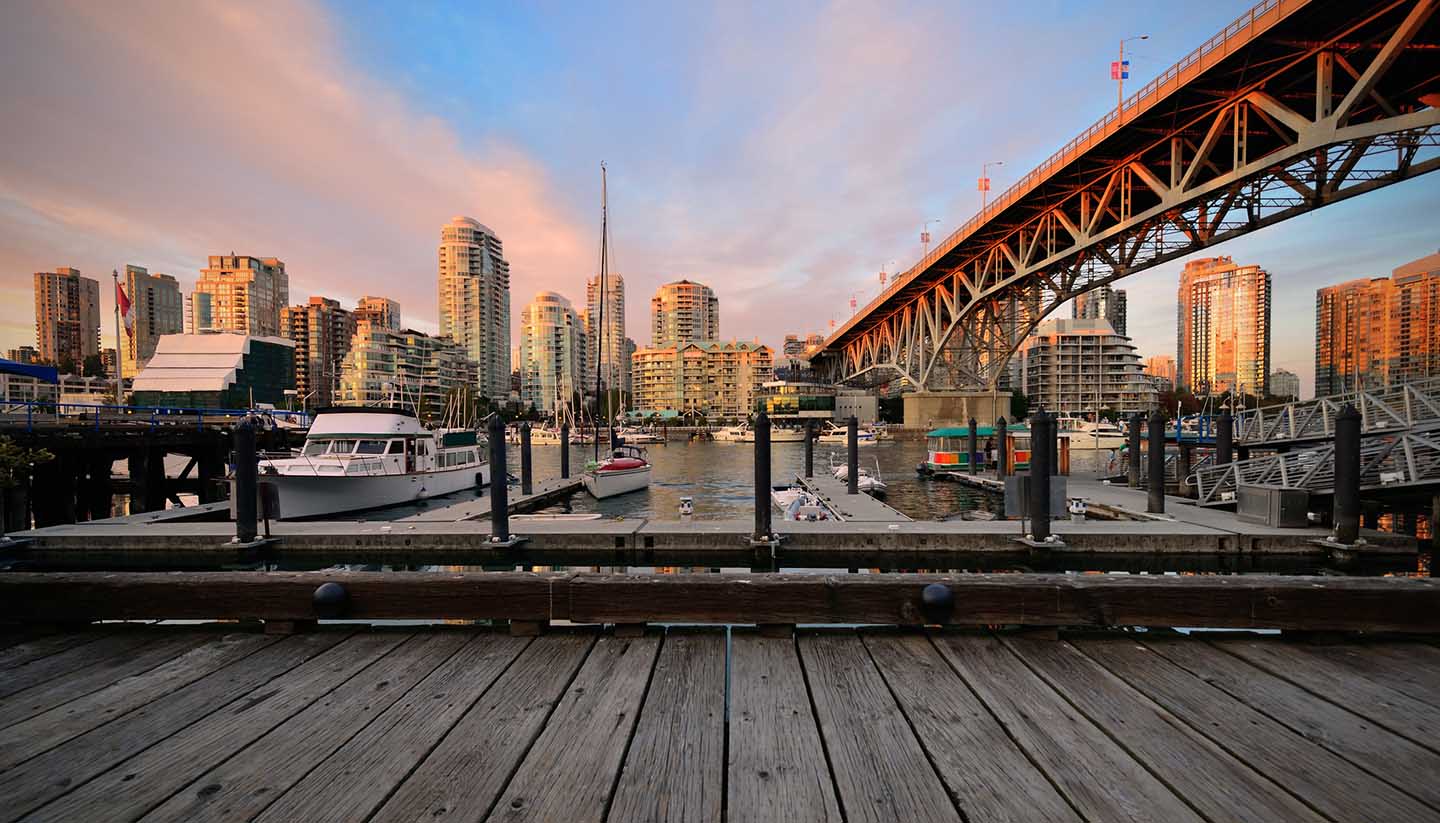Vancouver History
British Royal Navy captain George Vancouver may be credited with ‘discovering’ the city, but it was the Coast Salish people who first set up residence here around 8,000 to 10,000BC.
It was only in the 1770s that Europeans arrived in the form of Spanish naval explorers, hoping to claim North America’s west coast for Spain.
Captain James Cook briefly visited the region on his quest for the Northwest Passage in 1779 along with his navigator, George Vancouver. When Vancouver returned as captain of his own ship in 1792, Spanish captains reiterated their claim to the land.
Gold rushes in 1858 bolstered the local population. John ‘Gassy Jack’ Deighton opened a saloon for forestry workers, which became so popular the area was named Gastown.
The city was then known as Granville but, in 1886, when the population hit around 1,000, it was renamed Vancouver. In the same year, a brush fire spread rapidly throughout the city and all but destroyed it, yet rebuilding began within days. The first Canadian Pacific Railway transcontinental passenger train pulled into town the following year in 1888, Stanley Park opened.
By 1900, Vancouver’s population overtook that of the provincial capital Victoria, and had reached 50,000 by 1906.
The iconic Lions Gate Bridge opened in 1938 and the development of West Vancouver began in earnest. Another commuter crossing, the SeaBus, opened in 1977 between Downtown and the North Shore. The first SkyTrain headed out to the suburbs in 1985 and has slowly expanded since.
Vancouver’s massively successful Expo 86 put the city firmly on the world stage and its legacy remains today – you can’t miss the dazzling geodesic dome of Science World, the former Expo Centre, at the end of False Creek.
This success was repeated when the city hosted the 2010 Olympic and Paralympic Winter Games, in which Canadians delighted in beating arch rivals the USA to win both the men’s and women’s hockey gold medals.
In 2011, Vancouver marked its 125th birthday with a packed programme of celebrations throughout the year.
Did you know?
• The bells of the Holy Rosary Cathedral were originally sent over from France in 1900, but were returned and recast after they were found to be out of tune.
• In 1969, the 9 O'Clock Gun was stolen by University of British Columbia students who wanted a "ransom" to be donated to BC Children's Hospital.
• When the Marine Building opened in 1930, it was the tallest building in the British Empire.


